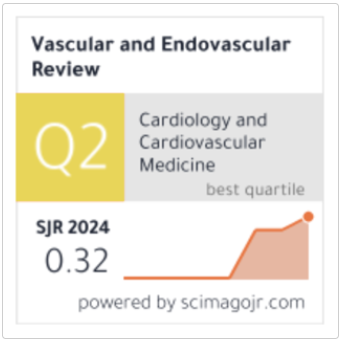Effect of Radiation Dose Variation on Cellular Changes in Tradescantia Leaves
Keywords:
Tradescantia, Low-dose increase, Radiosensivity, Cell morphology, Bioindicator.Abstract
Tradescantia species have long been used as biological indicators for detecting genetic mutations induced by ionizing radiation, particularly due to their high radiosensitivity in pollen mother cells (PMCs). This study aimed to investigate whether similar cellular responses occur in Tradescantia leaves under low-dose irradiation and to evaluate their potential as a bioindicator for radiation monitoring. Healthy plants were exposed to 1, 5, and 25 cGy using a Novalis TX radiation therapy system, with samples collected immediately, 24 hours, and 72 hours after exposure. Leaf tissues were fixed in ethanol-acetic acid and microscopically examined for morphological changes in nuclei and cell membranes.
Microscopic and quantitative analyses revealed no significant morphological or structural alterations in irradiated leaves compared with controls. The nuclei remained round or oval, cytoplasmic membranes were intact, and no evidence of pyknosis, fragmentation, or apoptosis was observed. Statistical analysis using one-way ANOVA confirmed that mean nuclear diameters did not differ significantly across all dose groups (p > 0.05). Over 98% of cells retained normal morphology regardless of dose or time after exposure. These findings suggest that Tradescantia leaf cells possess much lower radiosensitivity than PMCs, likely due to their quiescent state and low mitotic activity.
The absence of observable cellular damage at doses ≤25 cGy is consistent with previous reports indicating that higher doses (>50 cGy) are typically required to induce chromosomal or cytological abnormalities in leaf tissues. Therefore, while Tradescantia PMCs remain valuable for detecting low-dose radiation effects, the leaves are less suitable as sensitive biological dosimeters. Future research should extend exposure time, include higher doses, and utilize molecular assays such as γ-H2AX or comet analysis to quantify subcellular DNA damage.








